Tokom radova na obnovi Starog grada u periodu od 1981. do 1987, koji su uslijedili nakon zemljotresa 1979. godine, otkriveni su dijelovi starijeg masivnog bedema sa gradskom kapijom. Ovakvo otkriće dovelo je do zaključka da se najstarije naselje antičke Budve nalazilo upravo na južnom dijelu Starog grada. Gradska kapija i bedemi zidani su u kiklopskoj tehnici koja se vezuje za prethelenistički period i datiraju se u IV vijek prije nove ere. Danas se piloni mogu sagledati in situ sa galerije u prizemlju lokala u Njegoševoj ulici u Starom gradu.

13. Stara kapija u Castelu
Srednjovekovna kapija u starijem dijelu zidina koji je odvajao akropolj od nižeg dijela grada.


